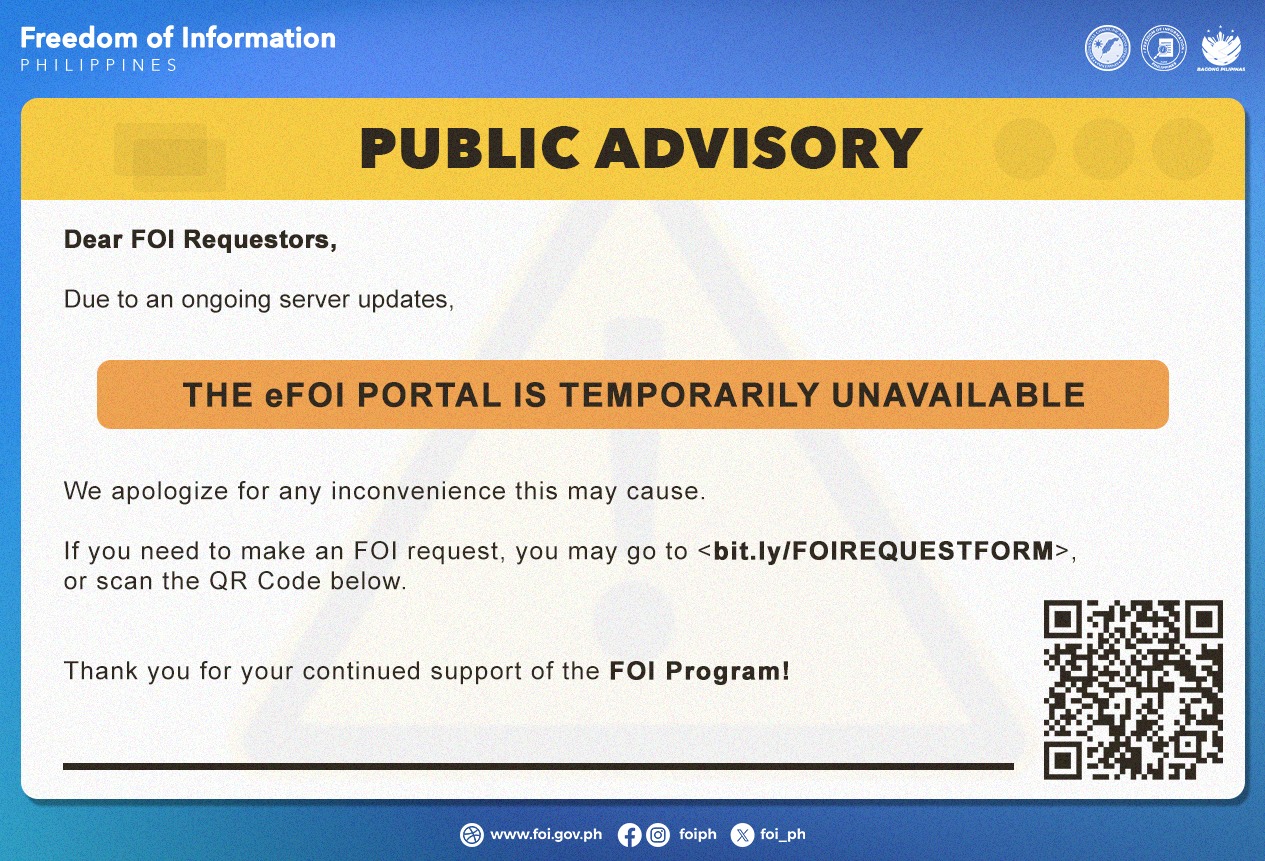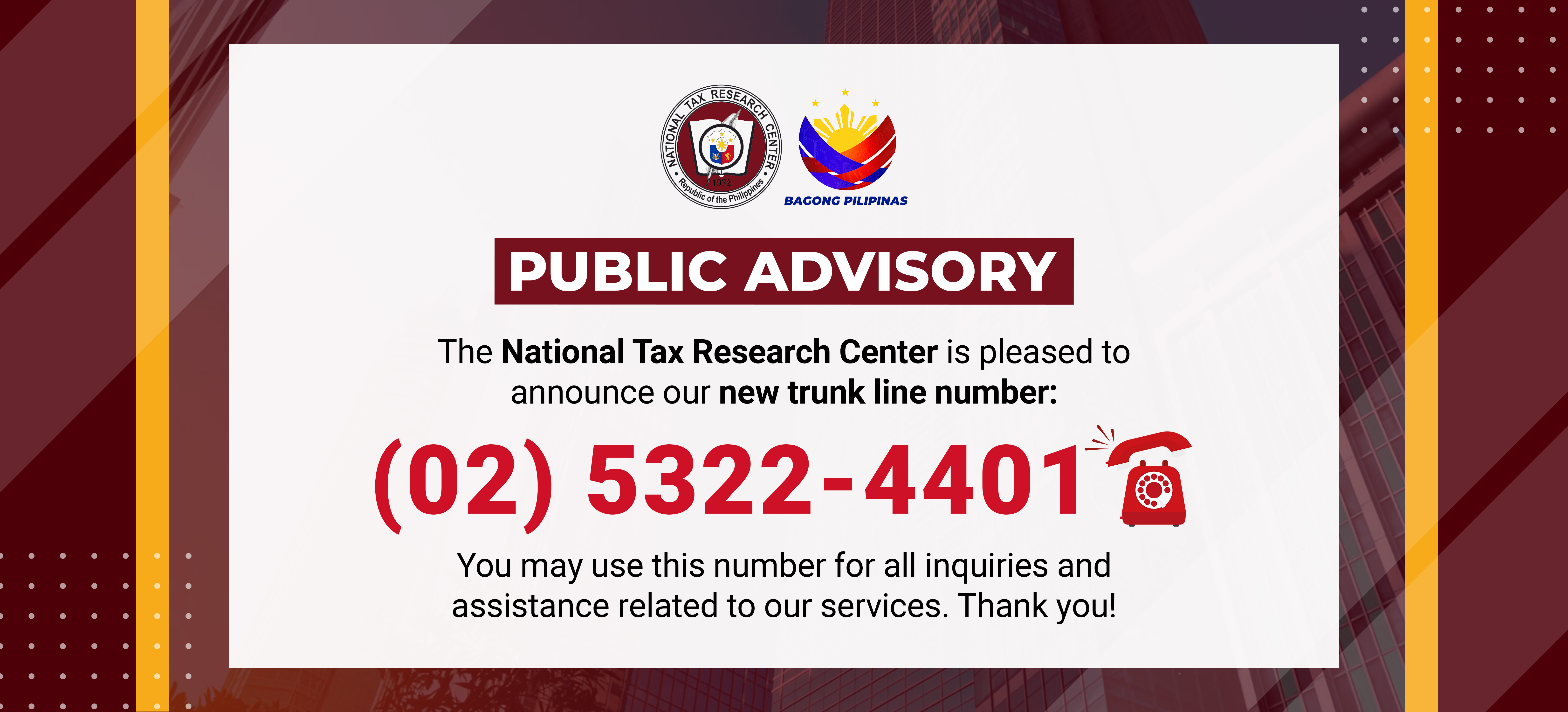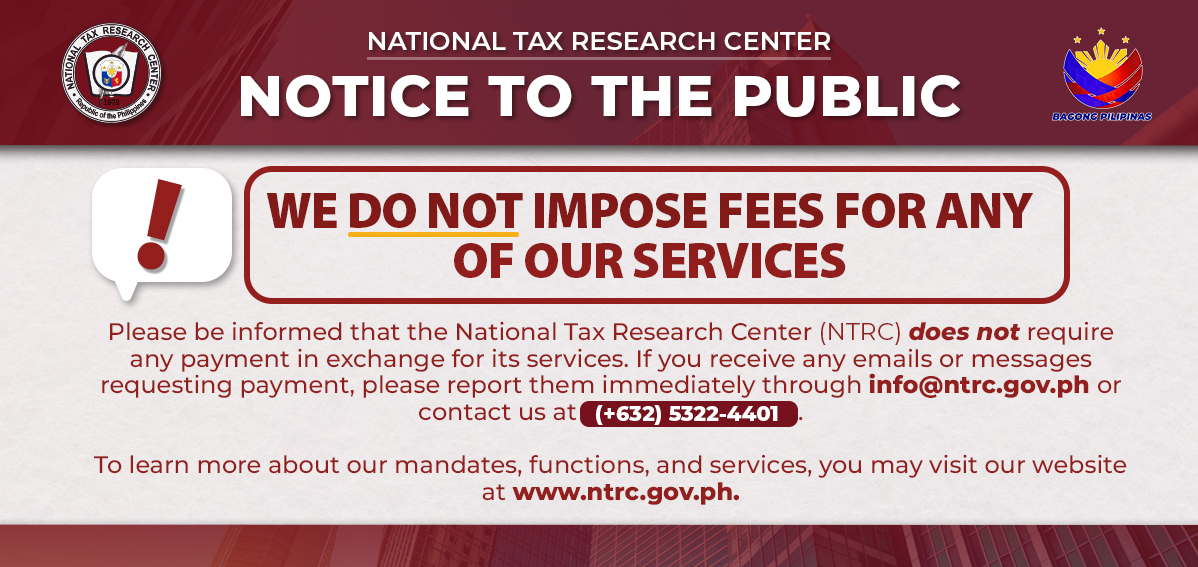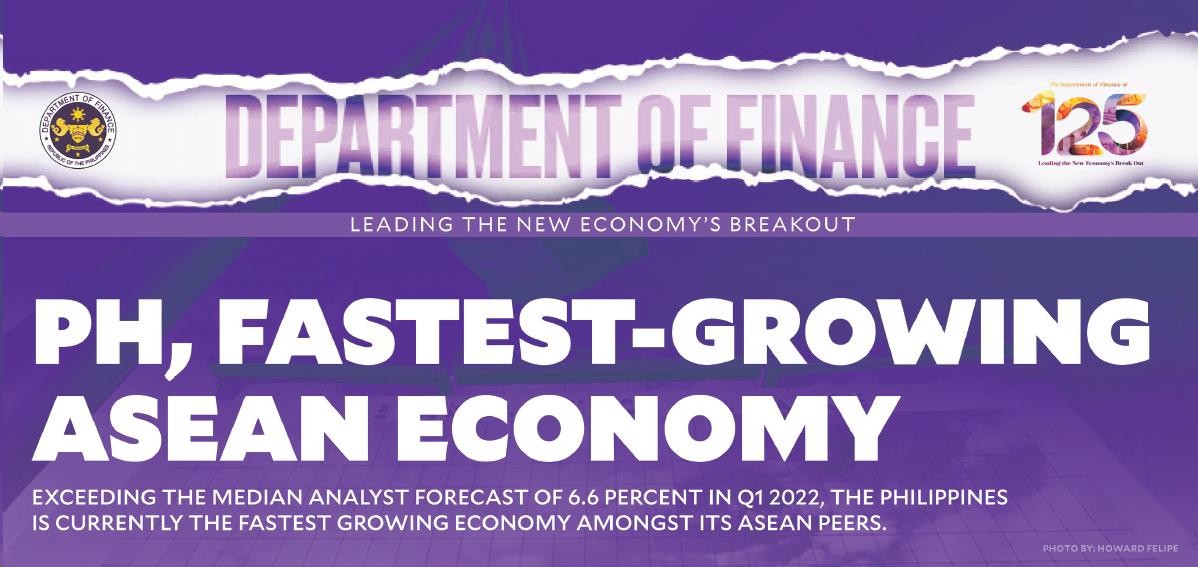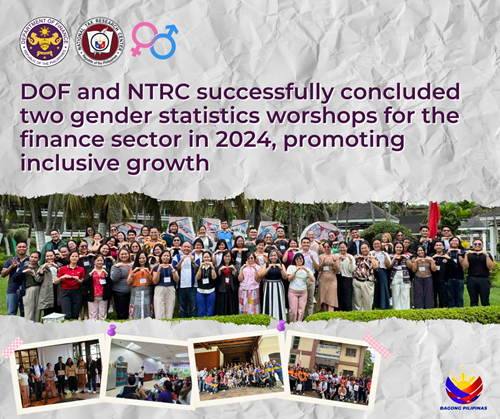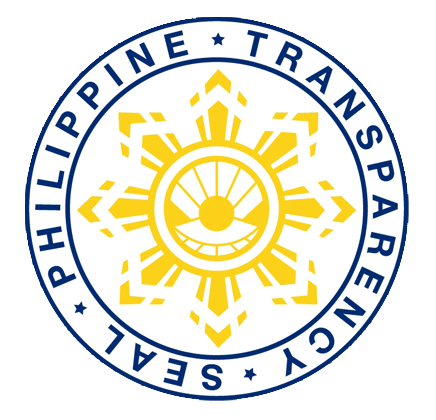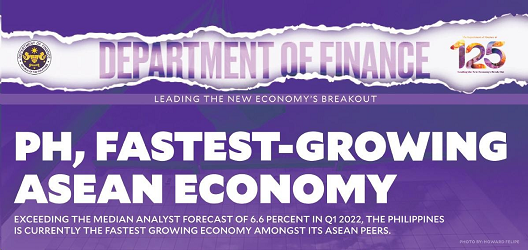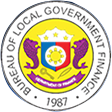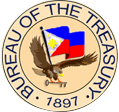FAQs: The ASEAN Community
1. How would you describe the ASEAN Community in brief?
The ASEAN Community will bring the 10 Member States of ASEAN even closer together, as we will be bound by the shared vision of a durable, peaceful, stable and prosperous region. Community-building has three pillars - in the political-security, economic and socio-cultural areas. The establishment of a Community is a significant milestone in ASEAN’s continued evolution as an organisation with a common regional identity, one that is home to some 620 million people aspiring for ‘One Vision, One Identity, One Community’.
2. The Community is in place on Dec. 31, 2015. What changes can we expect in the new year?
ASEAN Community-building is an ongoing process, not an overnight transformation. To prepare for its launch, ASEAN Member States have undertaken initiatives under the three ASEAN Community blueprints, aimed at deepening and widening integration. ASEAN Leaders have also adopted the ‘ASEAN Community Vision 2025’ which charts our continued integration and consolidation over the next 10 years.
3. How will the ASEAN Community affect my everyday life?
The primary goal of regional integration through the ASEAN Community is to improve the lives of ASEAN’s citizens. The 2015 Kuala Lumpur Declaration on The Establishment of The ASEAN Community, issued by ASEAN Leaders at the 27th ASEAN Summit in November 2015, speaks of their aspiration to establish “a truly rules-based, people-oriented, people-centred Community where our peoples continue to participate in and benefit fully from the ongoing process of ASEAN integration and community-building.”
For an ASEAN citizen, the Community will offer opportunities such asa bigger, more open and rules-based market for business, more trade, and increased people-to people interaction through commerce, travel and education, among others.
4. Will I be able to travel freely in the region or work in another ASEAN country?
Various agreements and initiatives within ASEAN have eased travel among ASEAN nationals’ countries, and more are underway.
In the area of employment, the Mutual Recognition Arrangements within ASEAN Community provide for the freer movement of skilled professionals – engineers, nurses, architects, land surveyors, medical doctors and dentists, accountants, and tourism professionals.
5. Some ASEAN members have differences with each other. How will the ASEAN Community help in these?
Like in any family, ASEAN Member States may have differing views on a range of issues, and a number have pending border issues. ASEAN Member States are committed to the ASEAN Charter as their guiding principle, which includes resolving anydisputes through peaceful means. Among others,the ‘ASEAN Way’ is about Community and consensus-building, non-violence over confrontation, moderation over extremism, and a peaceful settlement of disputes.
ASEAN has a number of agreements for promoting regional peace, cooperation and solidarity. This includes the 1971 Declaration on the Zone of Peace, Freedom and Neutrality, the 1976 Treaty of Amity and Cooperation and the 2004 Protocol for Enhanced Dispute Settlement Mechanism for resolving economic-related disputes. The ASEAN Declaration on the South China Sea (1992) and the Declaration on the Conduct of Parties in the South China Sea (2002) also play a key role in maintaining peace, security and stability in the South China Sea. A third example of how ASEAN manages cross-border challenges is the ASEAN Agreement on Transboundary Haze Pollution.
.png)

